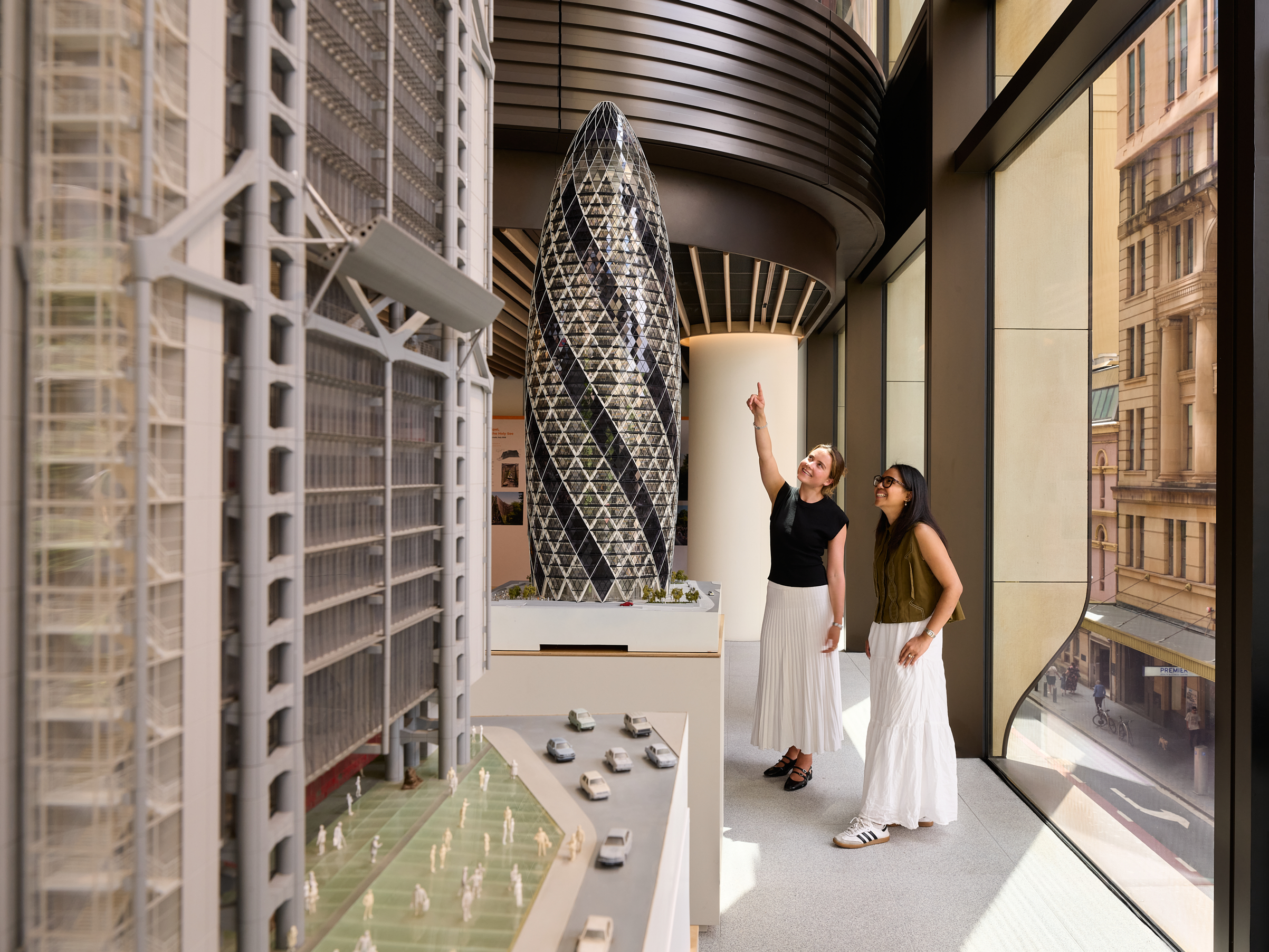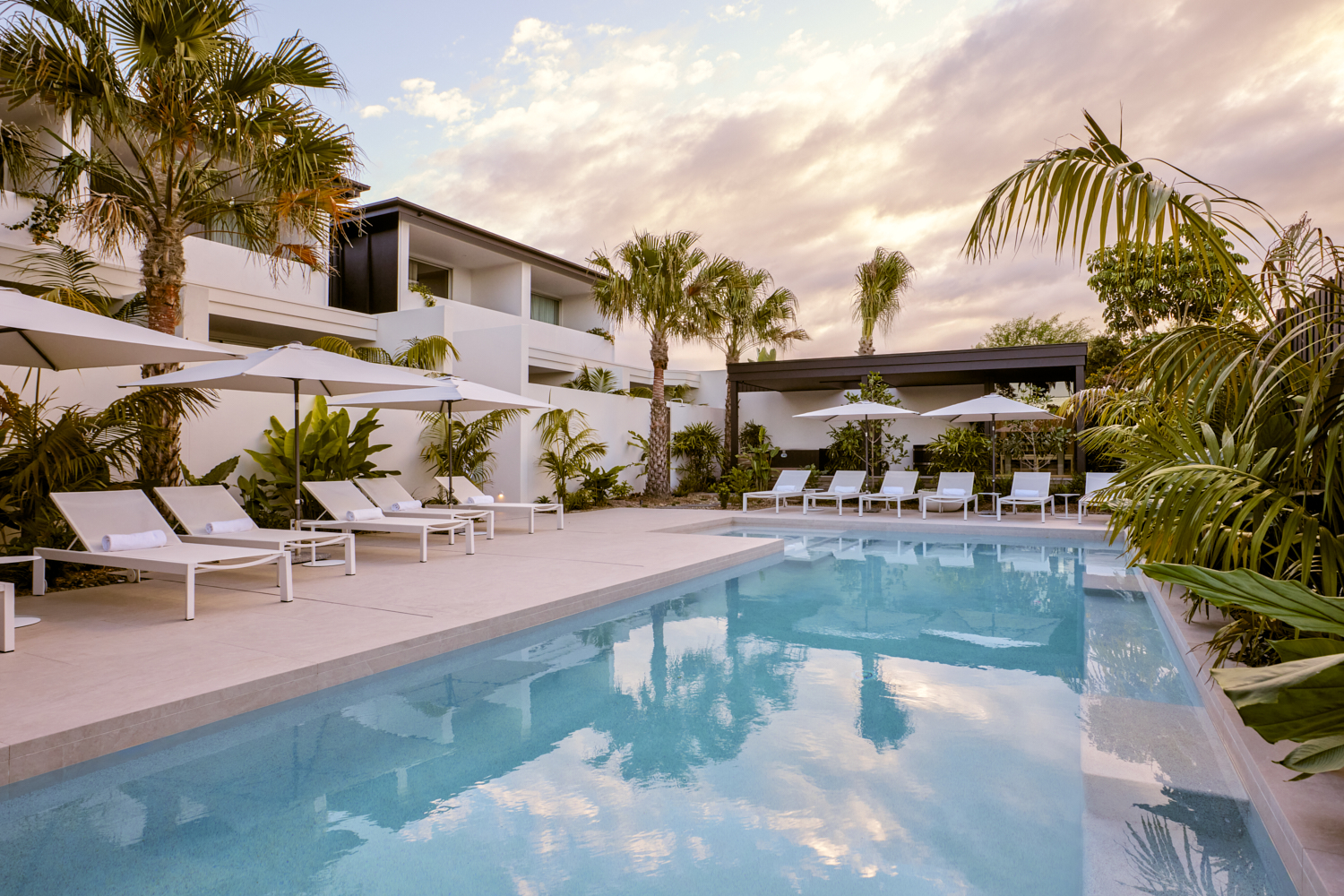This Airline Status Is So Exclusive, Even Elite Fliers Aren’t Sure How They Got It
Loyalty isn’t dead—at least not for these road warriors with top-tier, hush-hush status
Bonnie Crawford was in danger of missing a connecting flight to Toronto for a board meeting last week when a United Airlines customer-service representative saved the day. She got rebooked on a pricey nonstop flight on Air Canada in business class. For free.
You’re probably thinking, “No airline ever does that for me.” Crawford isn’t just any frequent flier. The chief customer officer for a software company and Portland, Ore., resident has United’s invitation-only Global Services status.
It’s a semi-secret, status-on-steroids level that big spenders strive for every year. American and Delta have souped-up statuses, too, with similarly haughty names: ConciergeKey and Delta 360°. The airlines don’t like to talk about what it takes to snag an invite, how many people have such status or even the perks. Even the high rollers themselves don’t know for sure.
Get into these exclusive clubs and you get customer service on speed dial, flight rebooking before you even know there’s trouble, lounge access and priority for upgrades. Not to mention bragging rights and swag. People even post unboxing videos of their invites on YouTube.
Anyone with this super status needn’t fret about the value of airline loyalty or the devaluation of frequent-flier points .
Crawford was invited to Global Services for 2017 and was hooked. “It was the first taste of this magic, elusive, absolutely incredible status,’’ she says. She wasn’t invited again until this year and fears she won’t be invited back next year due to fewer costly international flights in her new job.
Shrouded in secrecy
Airlines don’t publish qualifications for Global Services, Delta 360° or ConciergeKey. That doesn’t stop road warriors from speculating in online forums about the required spending levels ($50,000-plus a year is mentioned a lot) and travel patterns (lots of high-cost international flights in premium cabins on the airline, not partner carriers).
Complicating matters: Some airlines bestow the status as part of a corporate contract, with companies allowed to pick their nominees.
Scott Chandler , senior vice president of revenue management and loyalty at American Airlines , won’t divulge any metrics. He says American devotes a significant amount of time and resources to its coveted ConciergeKey program because the travelers are the airline’s most valuable. Delta and United declined interview requests and didn’t share any info beyond statements about the programs’ exclusivity.
Chandler says fliers can reach ConciergeKey status through a combination of spending on American flights, shopping portals and credit cards. How much? He wouldn’t spill or confirm the $50,000 guesstimates. He says the makeup of the membership is broader than most people think.
“They’re basically interacting with American on a daily basis, not just when they’re flying,’’ he says.
Steve Giordano of Cherry Hill, N.J., is a managing director of a flight test and aircraft delivery company that shuttles pilots to or from assignments around the globe. The company spends up to $2.5 million on airfare every year, and he has been ConciergeKey for several years. He remembers once when the dedicated customer-service desk alerted him to a cancellation in Dublin before the flight’s pilots even knew. (He was friends with the pilot.)
In April, the airline told him he didn’t qualify for this year. He says he wasn’t too disappointed because he flies United more and has Global Services status. Giordano says he noticed ConciergeKey service slipping. On a vacation to Colombia earlier this year, he says the dedicated customer-service line and a gate agent were no help getting him home after a series of flight issues. He complained and received a form letter back. A spokeswoman says the airline sees higher satisfaction scores from ConciergeKey members than any other customer group.
In May, the airline sent him an email renewing his status after all. American is suffering through a self-induced business travel slump and working to woo back travellers .
Ace problem solvers
Giordano has also taken advantage of chauffeured drives in luxury cars to the gate during a tight connection. In Houston, United escorted him and his business partner down the stairs to the tarmac and drove them in a Jaguar to their next plane. Delta uses a Porsche , American an SUV.
“CBS Mornings” co-host Gayle King has ConciergeKey and hitched a ride like that in April and thanked the American Airlines employees who helped her in an Instagram post .
Those transfers are far from routine. Travellers with the status say the most prized perk is quick help when flight troubles of any kind arise.
A senior partner with a major consulting firm who has earned status in all three programs says a United Global Services representative called him on his way to the airport a few weeks ago after noticing that he hadn’t arrived for his flight. The cutoff time for losing his seat was approaching. They saved his seat after he confirmed he was en route.
In Charlotte, N.C., last week, as the executive was sprinting to his connecting flight, a ConciergeKey representative called the airport to make sure the gate agent knew he was coming. Boarding had ended. He got on the plane.
“That’s the stuff that makes the difference,’’ he says. “That’s the s—t that gets you home.’’
There is a limit, of course.
“They don’t hold the plane,’’ he says. “If they know you’re coming, they might not shut the door as quickly.’’
Much to his parents’ chagrin, he can’t play the super-status card to help others. And all the status in the world can’t overcome weather, air-traffic delays or missing crews.
Kim Anderson , chief executive of an online lending company, is a longtime Delta loyalist who lives in Fort Lauderdale, Fla.
Before his Delta 360° invite, Anderson had seen other travelers with the 360 bag tag on their backpacks and asked a few employees about the status over the years, but didn’t know much more. He travels a few times a month, buys extra-legroom seats or better, regularly buys a Sky Club membership and has an American Express card he uses to transfer miles to Delta. He estimates he racked up 200,000 Delta miles a year for the past few years.
Anderson was still surprised to find an invitation in his inbox a couple of years ago and says he hasn’t cracked the code.
“If I knew that, I’d put it in a bottle and sell it on Amazon ,’’ he says. He got a repeat invite this year.
Anderson says the customer service is over the top. He fired off an email complaint about rushed in-flight service in first class on a recent flight and had an answer—and bonus frequent-flier miles—before he landed.
“Those are not their trainees, I can tell you that,’’ he says.
 Copyright 2020, Dow Jones & Company, Inc. All Rights Reserved Worldwide. LEARN MORE
Copyright 2020, Dow Jones & Company, Inc. All Rights Reserved Worldwide. LEARN MORE
Records keep falling in 2025 as harbourfront, beachfront and blue-chip estates crowd the top of the market.
A divide has opened in the tech job market between those with artificial-intelligence skills and everyone else.
Only 25 of the most intricate Rolls-Royce Phantoms ever made will celebrate the nameplate’s 100-year legacy.
When the Writers Festival was called off and the skies refused to clear, one weekend away turned into a rare lesson in slowing down, ice baths included.
A bold new era for Australian luxury: MAISON de SABRÉ launches The Palais, a flagship handbag eight years in the making.
























